Clients expect a design, a space, a home that is adequately designed to fulfil all their needs and desires be it the house’s efficiency, functions or aesthetics. It is a space with good design which is achievable only with quality materials and finishes and thus, materials form an essential solution to good functioning building design. Materials also affect the quality of construction. The materials finalised for a house depict the overall durability, resilience and aesthetics of the house.
Thus, one should be very careful while choosing the materials, their quantifications, properties and their maintenance over a period of time. In today’s world, there are numerous materials and their various permutations and combinations available and it becomes very challenging to decided what suits the best for ones needs, hence, the selection of materials is governed by few principle factors which helps one select the best for their homes.
Following characters are form a principle foundation in helping one select the best materials for their homes:
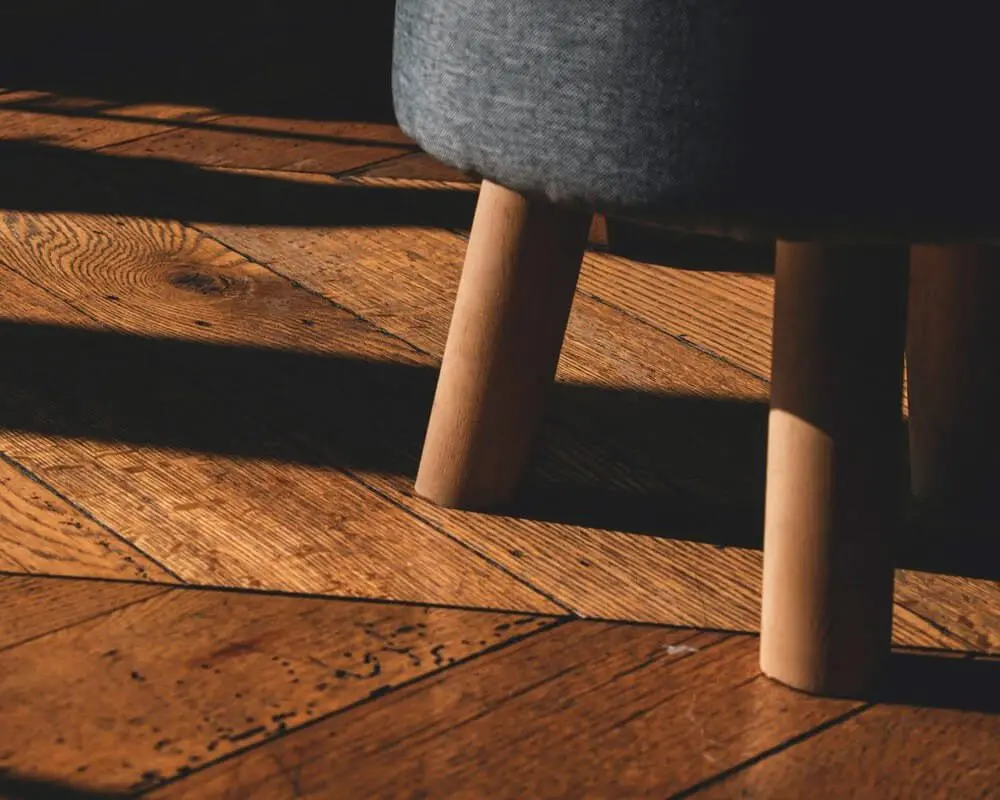
1. Cost of Material
One of the ruling factors that governs the choice of material selection is cost and expense. Rate for numerous different materials varies extensively. The same material might also cost different in different places. As a thumb rule, it is not always desirable to look for the most affordable products. One needs to take in consideration the type of lifespan and utility the product comes with, within the cost.
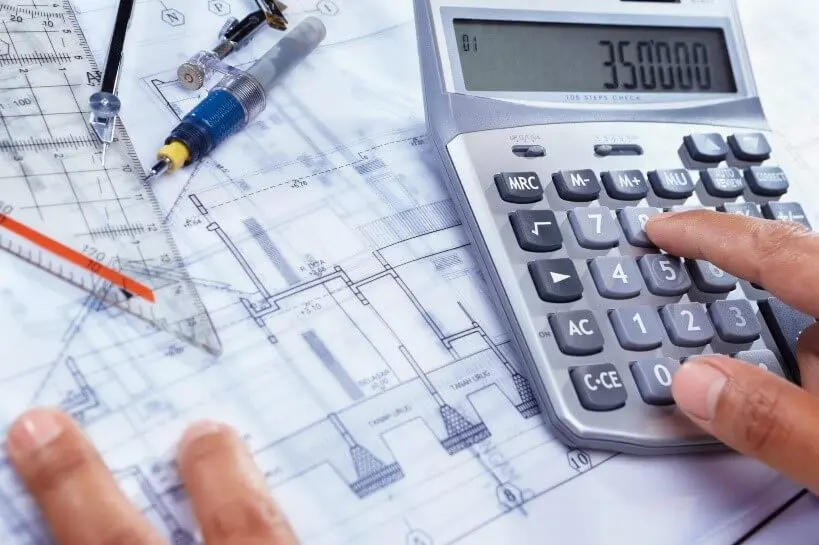
Materials if not checked properly and bought, result in extra costs, meaning, sub-standard materials might end one up in restoring them very often which ends up being more expensive. Hence, it is very important to choose materials that serve one for a longer time, making itself more cost-efficient.
Compromises on materials to maintain costs is not a good idea since it might land one up in situations where they have to spend more money on material maintenance and recovery.
2. Climate Factors
Another significant factor that determines the efficiency and coherence of a material is climate. There is a wide range of materials available that suits every different climatic condition. It is very important to realise which material suits the best for the climate you reside in. Materials, if not thought through adequately with respect to climatic conditions, might result into adverse effects like swelling, grain attacks and cracks, corrosion and rusting etc.

Considerations like average extent of heat, cold or precipitation throughout the year, amount of daylight received, required ventilation etc. should be taken into account before choosing a material. The selected material should actively respond to the climate and context it is being used in.
3. Durability of Materials
Different materials have different life-spans and range of adaptability to its surrounding. Some materials serve for a longer period, while some require regular maintenance and some once used can never be re-done or reworked upon and require permanent replacement.
One should look for materials that are more durable and more repellent towards damages caused due to both natural and man-made circumstances like corrosion, weathering, moisture and external environmental conditions. As stated in the previous point, by determining the most accurate material for climate, we ensure that they are long-lasting.
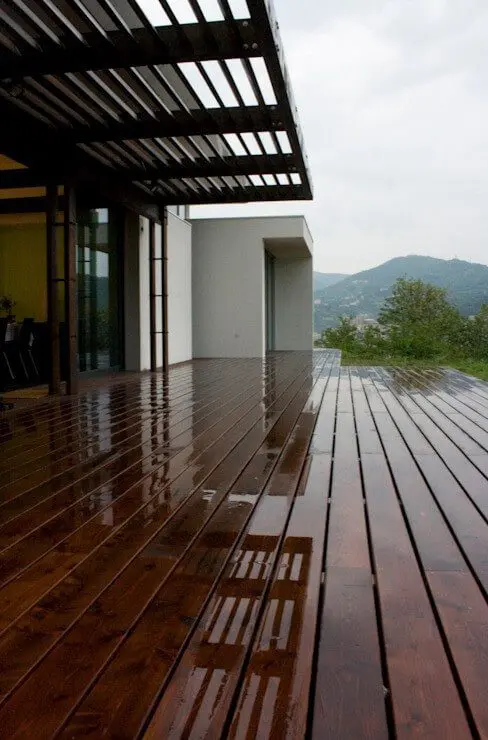
In this case it is important to consult experts to look in what is best suited for one, their needs and budget. They will help one to determine the materials that are the most suitable as per ones requirements. One needs to make sure that the materials can easily adapt to the changing weather conditions.
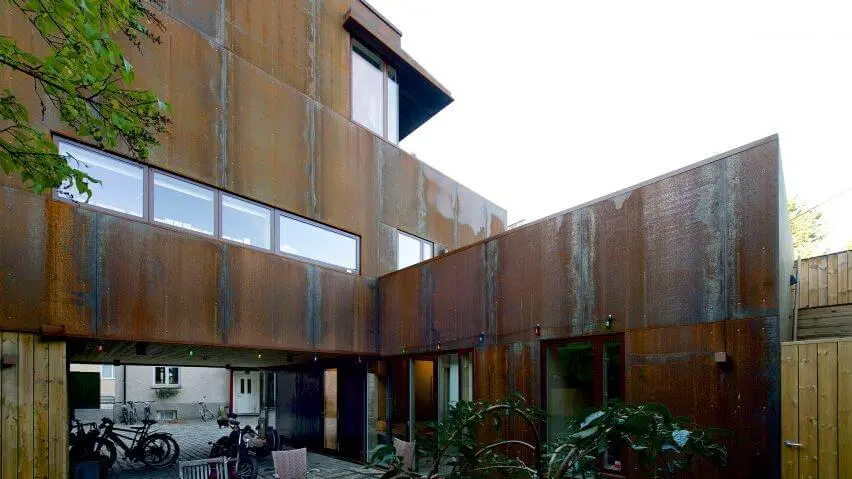
4. Sustainability
With the increasing concerns in this world regarding construction, manufacturing and building of architecture, sustainability is one of the few subjects that reflects the importance of materials that sustain our houses as well as futures.
With the increasing popularity of construction industries and their ability to adapt to various materials every day, the requirement of building materials is growing and is also accountable for the surge in carbon footprint i.e. the use of materials like cement is increasing the carbon emission.
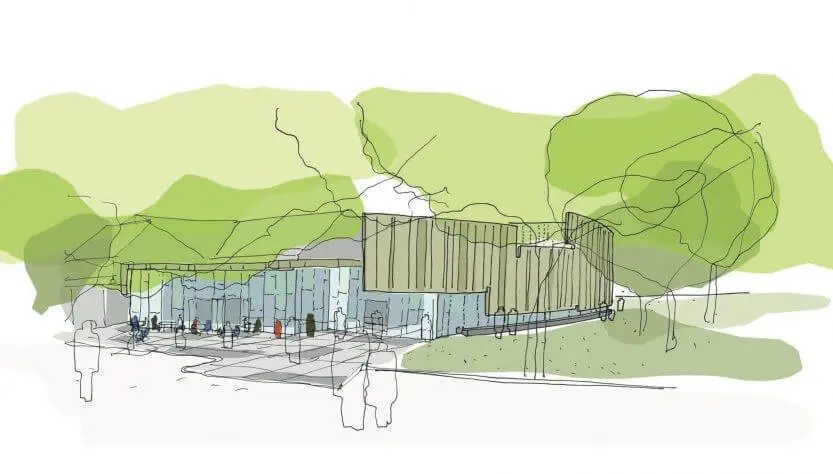
Thus, using eco-friendly and sustainable materials like bamboo, abode, silica fume, fibres, cork etc. are much more beneficial rather than the use of materials like cement and concrete.
The best materials are the ones that could be re-moulded, re-used or re-cycled, reducing the demand for new material production in future. One more option here is opting for locally available materials, which also reduce transportation hassle and emissions caused due to vehicular gases.
5. Availability
It is very important to note the availability of materials. The availability of materials is directly connected to cost and time of installation of material which might alter the cost.
Certain materials are locally available and can be transported easily; whereas some materials are not locally available and are imported to site, transportation of such materials can be difficult and can lead to increase in expenses. This directly affects the timeline of the project, it may delay construction and installation process.

6. Performance
It is very essential to choose materials that have the structural stability to sustain and resist both internal and external loads and barriers of the house. For example while determining the roofing materials, one needs to make sure that the structure can completely take the load of the roof and the material utilised.
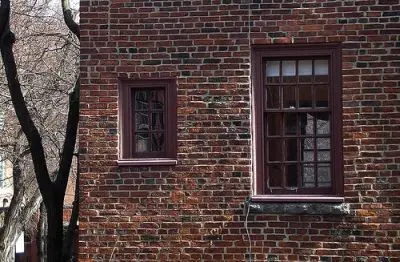
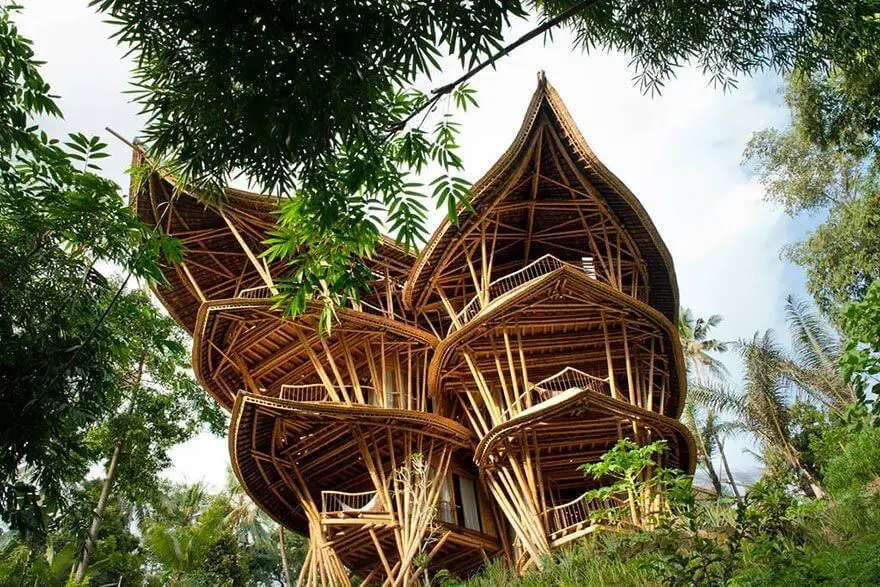
These materials should make the house complete and also make it possible for inhabitants to live comfortably without any favourable effects like those caused due to harmful toxic chemicals used in some materials.
One important concern that governs the choice of materials is the nature and the function of the project. The materials selected defines the built spaces both within and outside.
– Janvi Mangukiya





